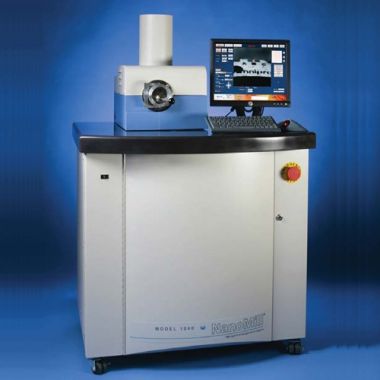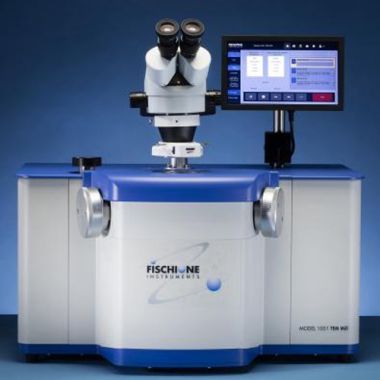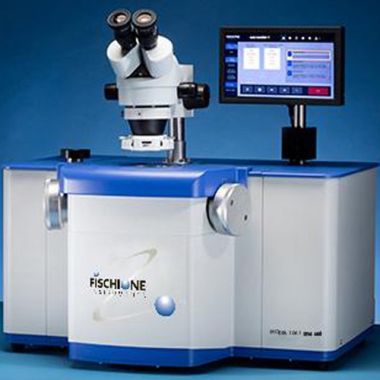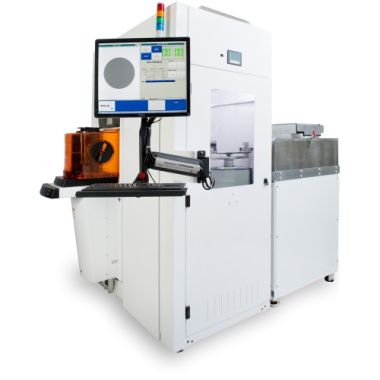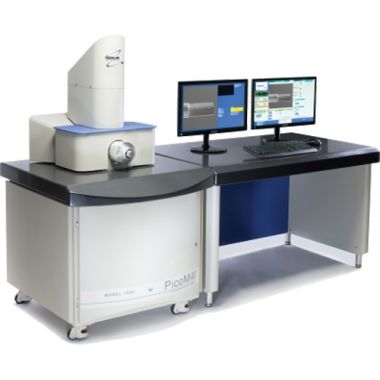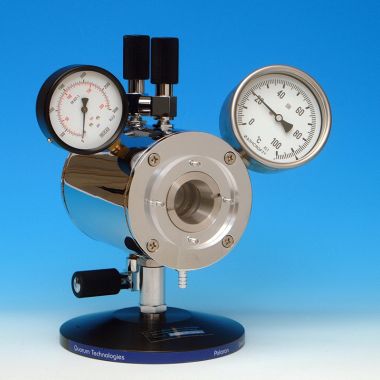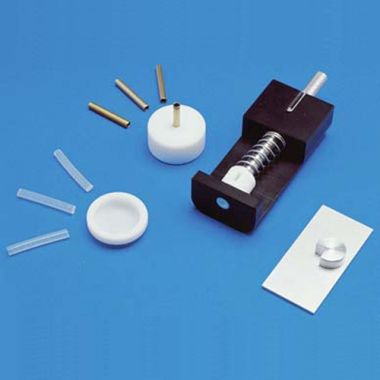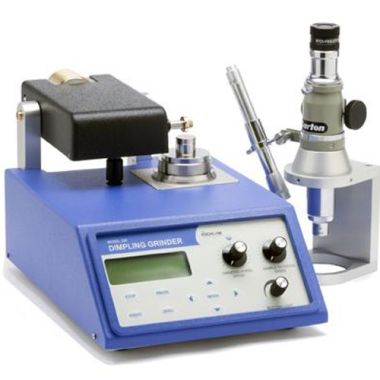The primary application of the Quorum GloQube® Plus is to modify the surface of TEM grids in a way that it meets requirements for successful imaging of a variety of macromolecules. Integrated into one system, the two chambers enable the user
maximum flexibility to choose which sample preparation technique they want to use: glow discharge in-air or in-chemical vapour, without downtime for cleaning or the risk of contamination and loss of samples.
The in-chemical vapour glow discharge doesn’t just help with retaining molecules on the TEM grids, but it also allows the user to control the orientation and conformation. With automatic vapour control, the system ensures accurate concentrations of chemical vapour in the plasma, producing reliable and reproducible results.
Two chambers designed into one easy to use package provides a smaller footprint for the workflow space and no cross-contamination between the chambers.
Benefits:
- Short in-air cycle time
- Second chamber for separating in-air and in-vapour processes
- No cross-contamination between chambers due to post-process flush cycle
- Automatic vapour delivery ensures reliable and reproducible results
- Purge cycles reduce water vapour and oxygen concentrations, ensuring excellent yield of specifically orientated macromolecules
- Adjustable slow vent time to minimise sample disturbance
- Optional fast vent for rapid process times
- Safe handling of reagent
- Three level adjustable height sample stage ensures repeatable results
Recommended applications:
- Hydrophilisation and cleaning of TEM grids carbon support films* for better sample spreading
- Improved adhesion and orientation of proteins, nucleic acids and antibodies
- TEM grid preparation for nanoparticle studies
* Typically: Formvar®, Lacey Carbon, Holey Carbon, Continuous Carbon, Quantifoil®
User interface:
- Capacitive touch screen has improved sensitivity for ease of use
- User interface software has been completely revised, using a modern smartphone-style interface
- Comprehensive context-sensitive help screen
- USB interface allows easy software updates and backing up/copying of recipe files to USB stick
- Process log files can be exported via USB port in .csv format for analysis in Excel or similar. Log files include date, time and process parameters.
- 16GB of flash memory can store more than 1000 recipes
- Dual-core ARM processor for a fast, responsive display
|
Power and processes: |
|
|
Plasma current |
1-50 mA |
| HV power supply | 30 W |
| Maximum voltage | 800 V |
| Electrode polarity – clean chamber | DC glow positive DC glow negative |
| Electrode polarity – vapour chamber | DC glow positive DC glow negative |
| Sample stage | 125 x 100 mm (4.9” x 3.94”) for two 25 x 75 mm (1” x 3”) slides and a 36 place grid holder |
| Sample stage operational heights | Adjustable 12.5 mm (0.5”), 22.5 mm (0.9”) or 35 mm (1.38”) |
| Pump hold time | 0-72 hours |
| Process time | 1-900 seconds |
| Safety: | |
| Chamber vent inlets | Filtered air inlets with fast or slow vent options to minimise sample disturbance |
| On-board reagent storage |
Reagents are contained in sealed glass vials to minimise exposure to hazards
|
| High voltage safety interlocks | Hardware safety interlocked and software for process control |
| Vacuum: | |
| Vacuum control | Integrated pirani gauge |
| Working vacuum range | 0.1 to 1 mbar |
| Pump minimum requirements | 5 m3/hr inlet flange; KF 16 |
| Pumping time | Typical pump down time to an operational vacuum of 0.1 mbar in less than 60 seconds |
| Vacuum isolation | Isolation valves to switch vacuum and prevent process chamber cross-contamination |
| Dimensions and communications: | |
| Note: the pump data is for the Pfeiffer DUO 6 | |
| Instrument size/weight |
366 mm W x 364 mm D x 336 mm D 19.4 kg
|
| Pump weight | 391 mm W x 127 mm D x 177 mm H16 kg |
| Footprint with pump | 366 mm W x 600 mm D x 336 mm H |
| Power requirements | 120 V 60 Hz, 15 A or 230 V 50 Hz, 10 A |
| Instrument power rating | 100-240 V AC 60/50 Hz 700 VA including pump, IEC inlet |
| Pump power rating | 115/230 V 60/50 Hz 450 W |
| Communication port |
USB Port
|






